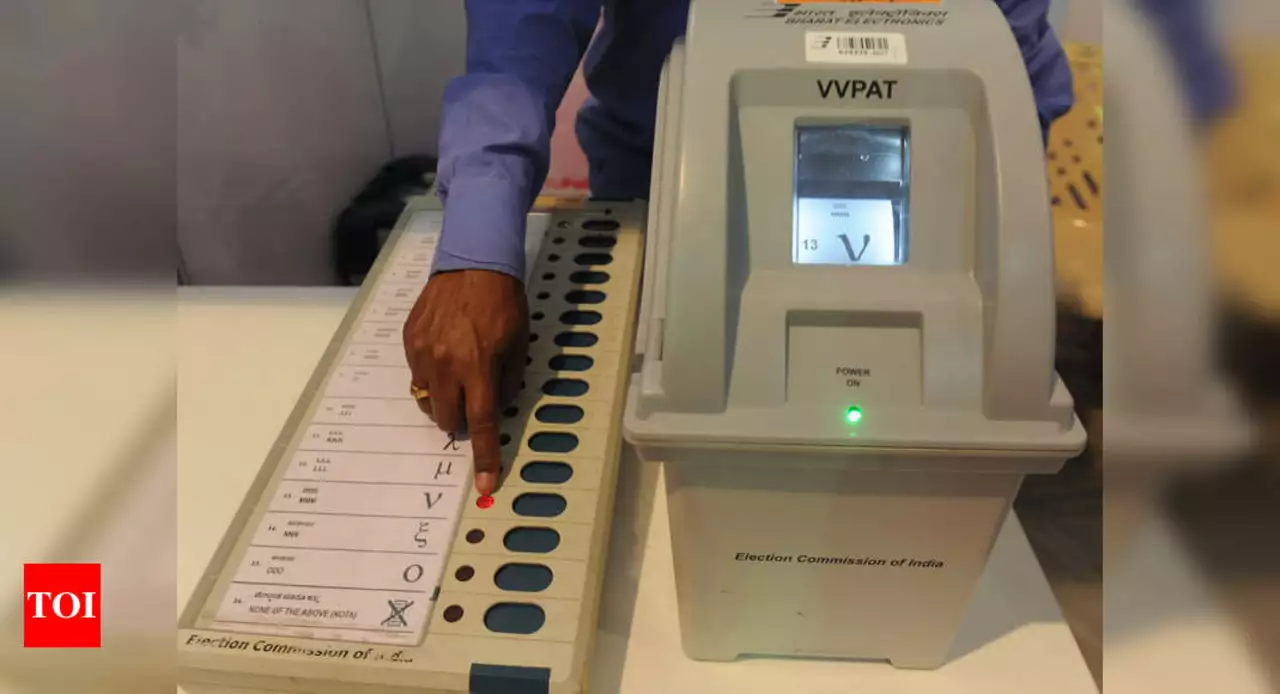Supreme Court: Clear updates and easy explainers
Want to know what the Supreme Court decided and why it matters—without the legal jargon? This tag collects short, plain-language posts about big court orders, news that affects your rights, and practical takeaways for everyday people. You’ll find quick summaries, context, and tips for checking the full judgment if you want more detail.
How to read a Supreme Court update
Start by spotting the basics: date, bench (the judges), and the type of order. Is it an interim order, a stay, or a final judgment? Interim orders pause action; stays block lower-court decisions temporarily. Final judgments settle the matter unless a review or appeal follows. Look for the operative part—the short paragraph near the end that says what the court ordered. That’s the takeaway.
Next, check who won and who lost on key points. Many judgments split issues: one side may win on procedure while the other wins on substance. Dissenting opinions matter too. A judge’s strong disagreement can signal future changes or narrower application of the ruling.
Why Supreme Court rulings matter to you
Some rulings change daily life: they can affect taxes, free speech, media rules, business practices, and personal rights. Others shape how police and government agencies act. Even if a case seems technical, its impact can ripple into schools, workplaces, and online platforms. If a judgment changes a law or the way law is applied, expect follow-up cases and new regulations.
Businesses watch rulings for compliance risks. Citizens watch for rights and protections. Journalists use court language but your best quick read comes from summaries that pull out practical effects—what stops, what starts, who needs to act.
Want to dig deeper? Look for a short timeline in the article: when the case started, major hearings, and the final hearing date. That helps you see whether the decision is sudden or the result of years of litigation. Also note if the court asked for further hearings or sent the matter back to a lower court—this means the story isn’t over.
When reading news about the Supreme Court, check the source and the quote from the judgment. Misleading headlines are common; the headline may simplify an order to grab attention. A quick habit: read the headline, then the operative order and one paragraph that explains the impact. That usually gives you 80% of what you need.
If you follow this tag, you’ll get short explainers that break rulings down into plain points: what happened, who it affects, immediate consequences, and what to watch next. No law school terms, just the facts and what they mean for real people. Got a ruling you want explained? Use the tag search to find posts that simplify complex judgments into clear takeaways.

The Supreme Court of India recently rejected a plea to match Voter Verifiable Paper Audit Trail (VVPAT) slips with Electronic Voting Machines (EVMs). This decision allows the Election Commission of India to continue using EVMs without VVPAT in upcoming state and national elections. The court concluded that VVPAT slips cannot be matched with EVMs due to time constraints and technical challenges. The decision has been met with criticism from opposition parties, who argue that VVPAT verification is essential for free and fair elections. However, the court asserted that the risk of tampering with EVMs is minimal and trust in the country's electoral system remains intact. Despite the controversy, the Supreme Court's decision has paved the way for the use of EVMs in upcoming elections.
Read More